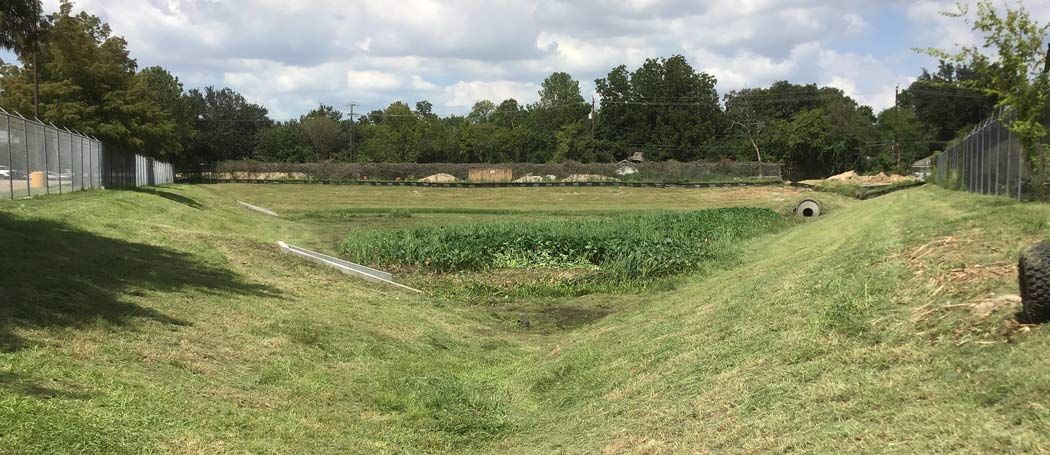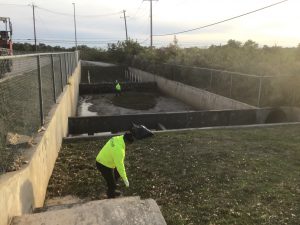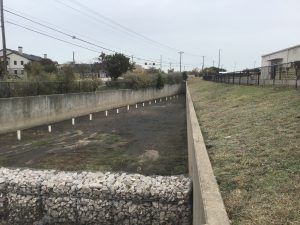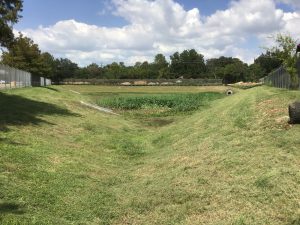Texas Stormwater Scorecards
by Erin Grenz, Chief Development Officer
Texas Stormwater Scorecards
Rain is what the Environment Texas Research and Policy Center (ETC) defined as one of their state’s greatest resources, and in 2017 they decided to try a new system of evaluating municipalities and their relationship with precipitation. They established the Texas Stormwater Scorecard report, evaluating local government’s stormwater management policies. These reports are a way for Texas governments to learn what they are doing right, and where there is room for improvement when it comes to stormwater management.
Up until then, stormwater management policies of Texan cities were synonymous with flood management, focusing on getting excess water out of the city as quickly as possible. This led to large gray infrastructure developments that including pipes, tanks, pumps, and other man-made features. While these developments achieved their purpose of promptly removing surplus water, it was soon realized that doing so disturbed natural processes and increased pollution levels of surrounding waterways. The ETC wanted to address these issues and evaluate Texas cities by how well they were adapting to the increase in popularity of green infrastructure which uses plants, soil, and natural processes to manage stormwater, as opposed to traditional gray infrastructure [1]. Green infrastructure includes Low Impact Development (LID) which can lower runoff pollution by 90% [2]. The first evaluation reviewed LID policies of major Texan cities using a policy checklist provided by the EPA.
For the 2020 scorecard, policies were reviewed with three areas of focus, totaling to nine categories [2]:
- Private Development Regulation
- Stormwater Detention Requirements
- Water Quality Requirements
- Maintenance Requirements
- Private Development Incentives
- Regulatory Incentives
- Financial Incentives
- Public Initiatives
- Construction of Public Projects
- Education
- Monitoring and Evaluation
- Reginal Collaboration
The categories and stringency of the evaluation have changed since 2017. The ETC’s Anna Farrel-Sherman, who authored the report, stated in an interview that the 2020 scorecard was more “rigorous” than the 2017 publication because “nature-based infrastructure is booming” not only in the United States, but worldwide [3].
The 2020 scores were as follows:
San Antonio: 69%
Austin: 69%
Harris County: 66%
San Marcos: 58%
Dallas: 56%
Fort Worth: 56%
Denton: 53%
Houston: 50%
El Paso: 42%
Farmers Branch: 36%
These stringent rulings allow greater room for improvement in participating cities as a way to incentivize improving stormwater developments. Instead of focusing on areas for improvement like the 2017 report, the 2020 report listed exciting and nature-based infrastructure policies each government have implemented as sparks of inspiration for the others. As stated at the end of the 2020 report, “Environment Texas Research and Policy Center hopes this scorecard can help in both the statewide effort, and those by local governments, by providing a summary of the good work taking place across the state, offering inspiration, and giving recommendations to expand and amplify the benefits of nature-based features” [2].
References
| [1] | B. Zabcik, "Texas Stormwater Scorecard," Environment Texas Research and Policy Center, 2017. |
| [2] | A. Farrell-Sherman, "Texas Stormwater Scorecard 2020," Environment Texas Research and Policy Center, 2020. |
| [3] | C. Fox, Texas Storm Water Pollution Study Shows Largest City and Counties Failing, NewsRadio 1080 KRLD, 2020. |



